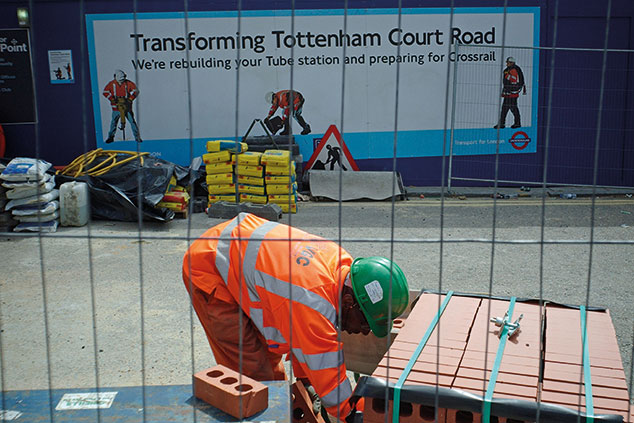
Will it be a case of “Kier today, gone tomorrow”? asks Alistair Osborne in The Times. New chief executive Andrew Davies, who has only been in the post for eight weeks, has been forced to rush out the publication of a strategic review a month early to calm markets still reeling from this month’s profit warning. High debt levels have left the engineering group looking “increasingly rickety” and have prompted comparisons to failed outsourcers Carillion and Interserve. The group’s net debt at the end of June will be between £420m and £450m. “Not bad for a company now valued at just £175m”.
The share price has slumped by more than 85% over the past year. Now management will cut 1,200 jobs, with 650 to go at the end of this month. Kier will dispose of its homebuilding division amongst other units as it focuses efforts on infrastructure.
The new strategy – to concentrate on core, cash generative businesses and sell the rest – was the only option left on the table, says Jim Armitage in the Evening Standard. Yet doubling down on infrastructure seems “extremely high-risk”. Building highways is a fiercely competitive business and this approach also looks like a “nerve-jangling bet on HS2 and Crossrail 2 happening.” What’s more, the suspicion that it is a forced seller means that Kier may not get a good price for its housebuilding and property operations. The most likely endgame of all this is not administration, but a merger with a rival “in this troubled industry”.
“A Carillion-style collapse does not look imminent”, agrees Lex in the Financial Times. Freezing the dividend and investment and disposing of the housebuilding division should bring debt down to more manageable levels in due course. Kier has a more diversified contract base than defunct support-service peers, while generous bankers mean that a liquidity crunch is unlikely.
Dividend shocker
The real question is “what were they smoking” in Kier’s boardroom last September when they decided to increase the annual dividend by 2%, says Nils Pratley in The Guardian. Andrew Davies has quickly learnt that half his job is “to restore confidence” as suppliers and creditors ask difficult questions. His rescue strategy looks sensible. Naturally that means that “the dividend is a goner. There won’t be one this year or next.”
Once again, income investors have fallen victim to a “dividend trap”, says Robert Smith in the Financial Times. Vodafone’s drastic dividend cut last month wrongfooted many. Kier’s dividend yield was approaching 40% before this week’s suspension – a reminder that returns that look too good to be true probably are. Balance sheet analysis by managers at Henderson’s International Income Trust suggests that one in five listed stocks looks like a “potential dividend trap”. Kier will not be the last to serve up a nasty surprise.